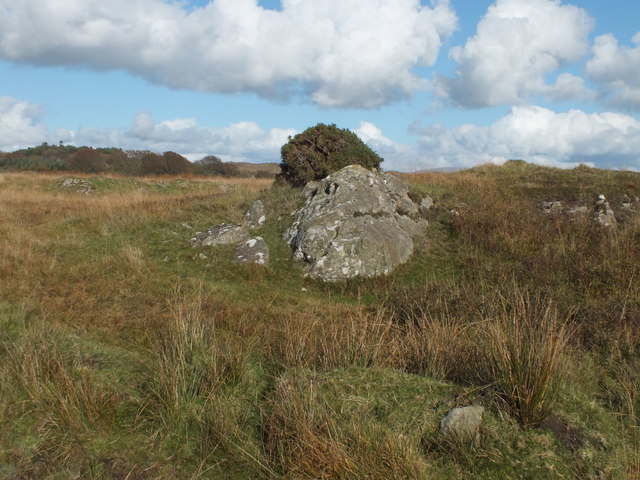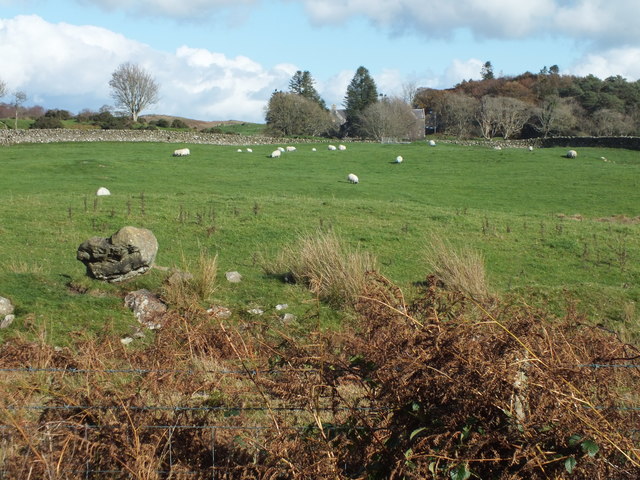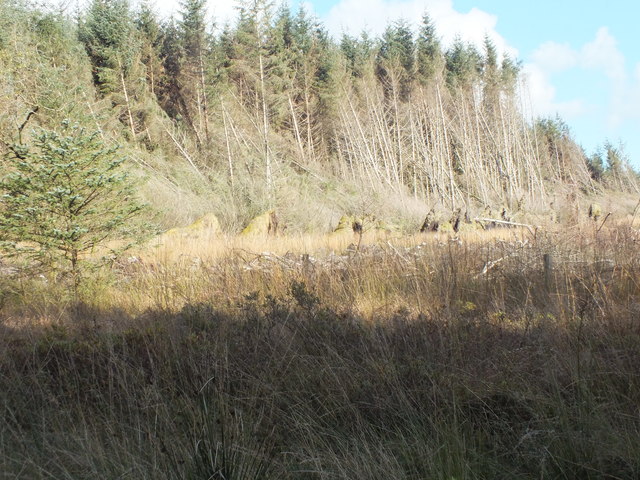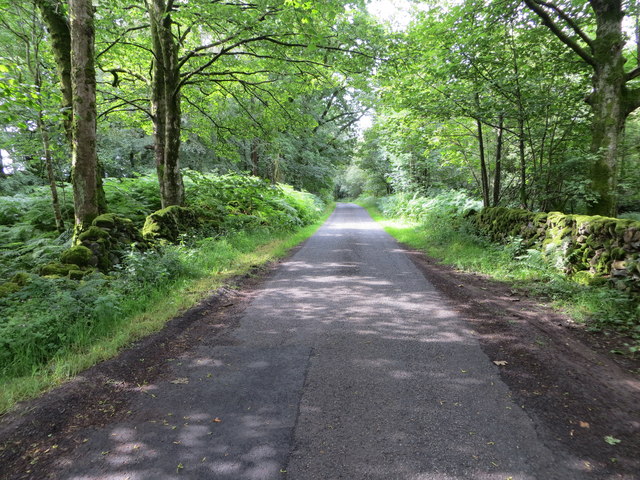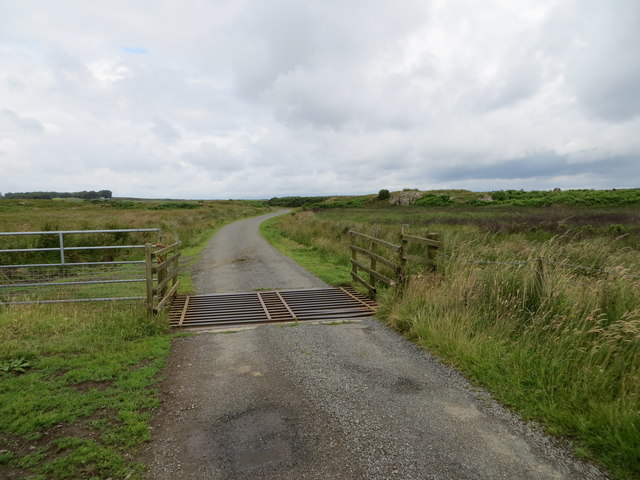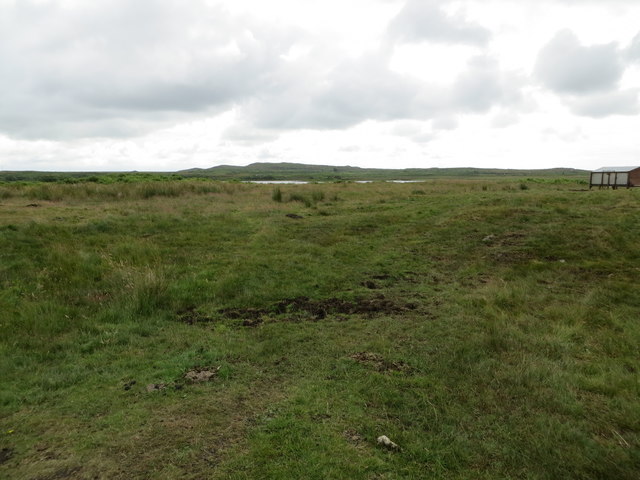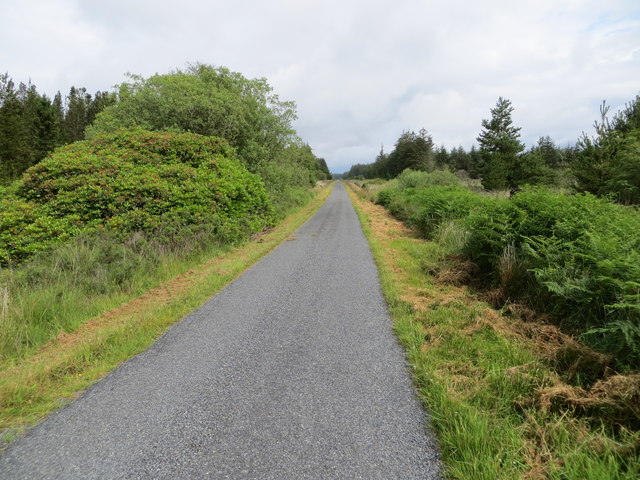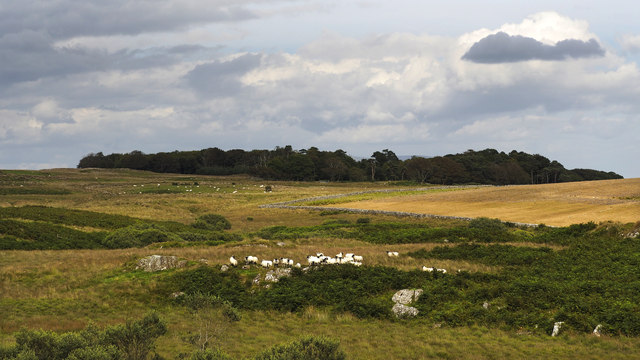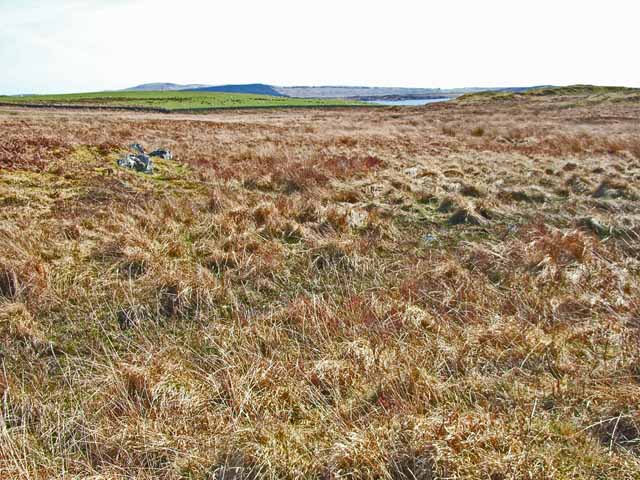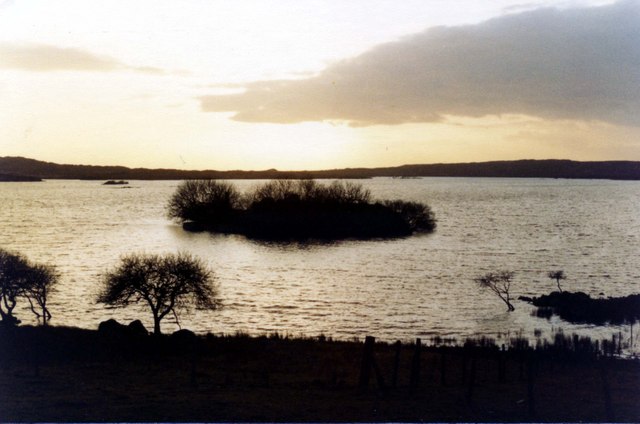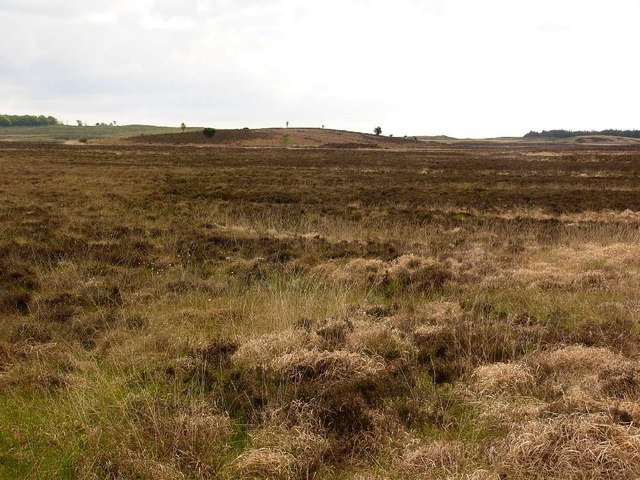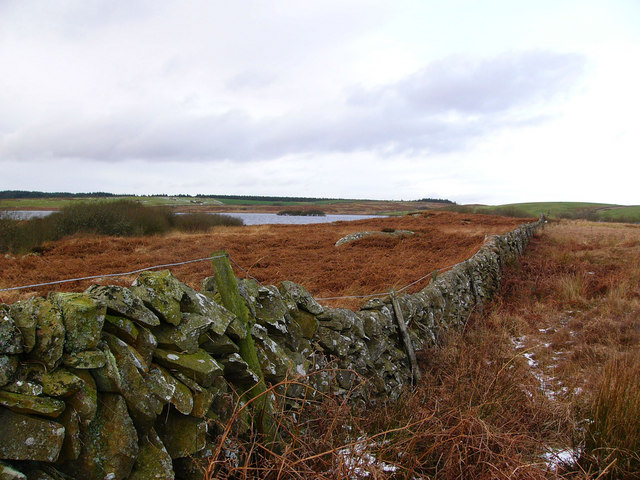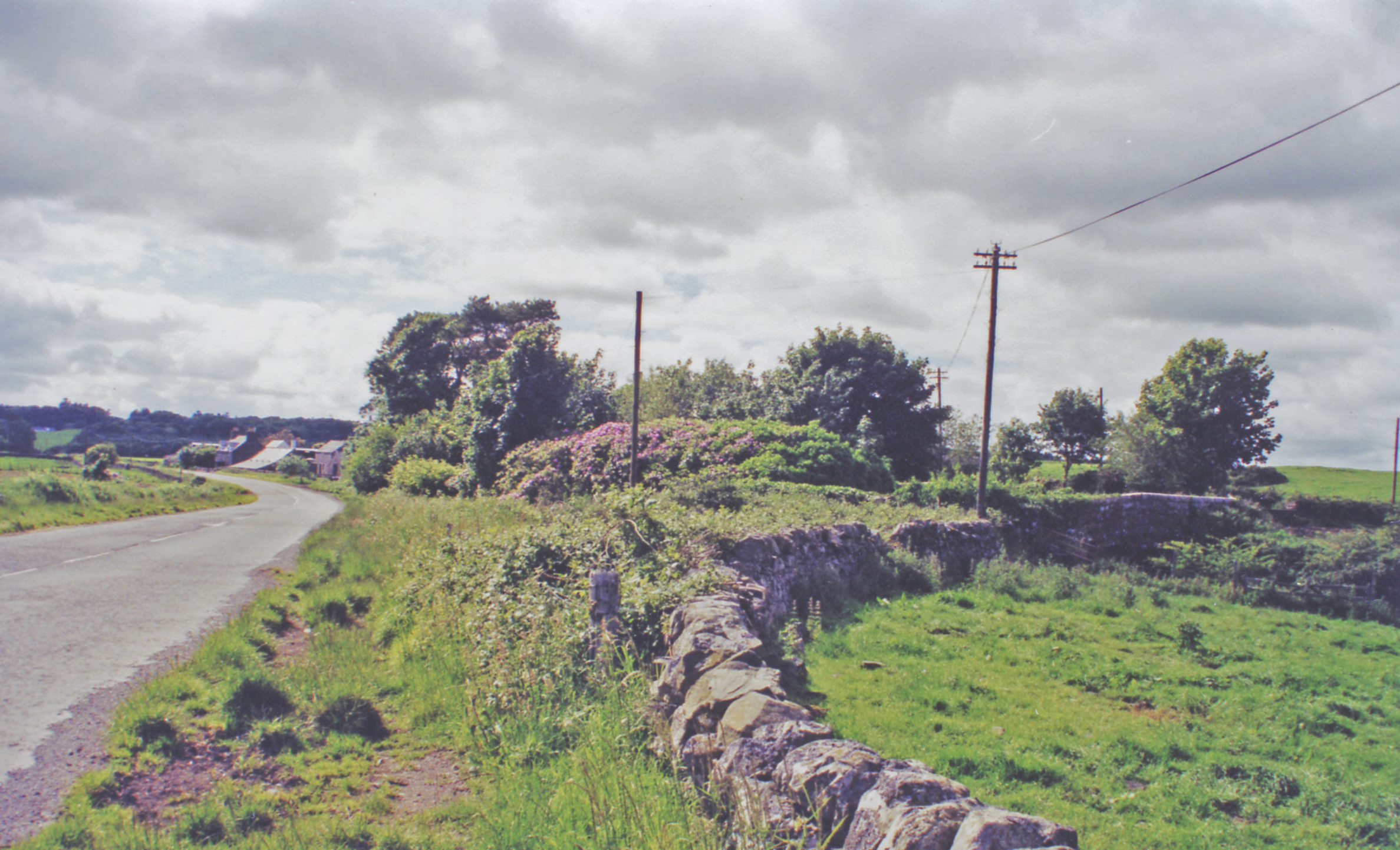Blaeberry Island
Island in Wigtownshire
Scotland
Blaeberry Island
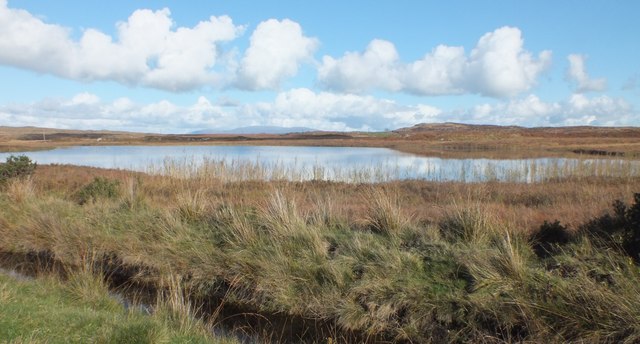
Blaeberry Island is a small, uninhabited island located in Wigtownshire, Scotland. Situated in the North Channel, between the mainland and the larger Isle of Whithorn, it is approximately 1.5 kilometers in length and covers an area of about 30 hectares. The island is known for its rugged, rocky terrain, with steep cliffs and a few small sandy beaches.
The name Blaeberry Island derives from the abundance of blaeberry bushes, also known as bilberries, that grow across its landscape. These small, edible berries are a common sight on the island and attract various bird species, including seabirds such as guillemots and razorbills.
Access to Blaeberry Island is limited due to its uninhabited status and absence of regular ferry services. However, it is accessible by boat, and many visitors enjoy exploring its natural beauty and wildlife. The surrounding waters are home to a diverse array of marine life, making it a popular spot for fishing and snorkeling.
Historically, Blaeberry Island played a role in the local fishing industry, with fishermen using it as a base for their operations. Today, the island serves primarily as a nature reserve, providing a sanctuary for various seabirds and other wildlife.
Visitors to Blaeberry Island are advised to be mindful of the delicate ecosystem and to follow any guidelines set by local conservation authorities. It offers an opportunity to experience the rugged beauty of Scotland's coastal landscape and observe the abundant wildlife that thrives in this isolated island setting.
If you have any feedback on the listing, please let us know in the comments section below.
Blaeberry Island Images
Images are sourced within 2km of 54.858046/-4.6434058 or Grid Reference NX3054. Thanks to Geograph Open Source API. All images are credited.
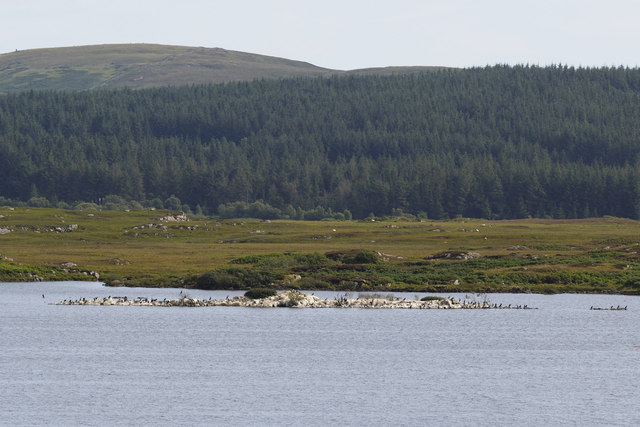
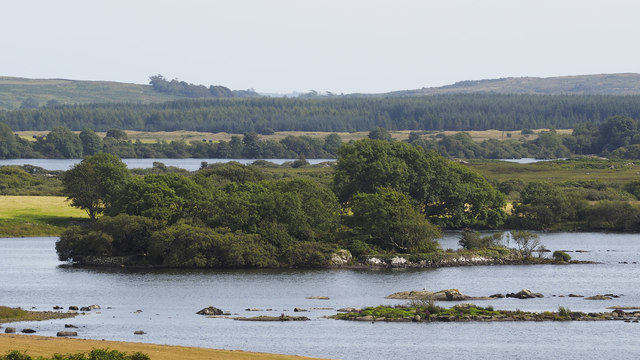
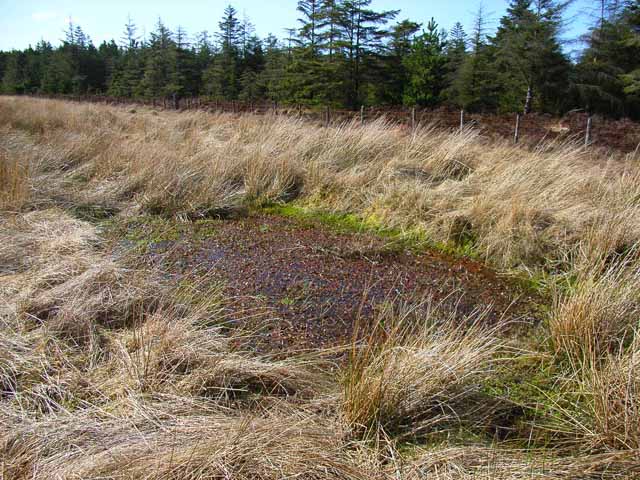
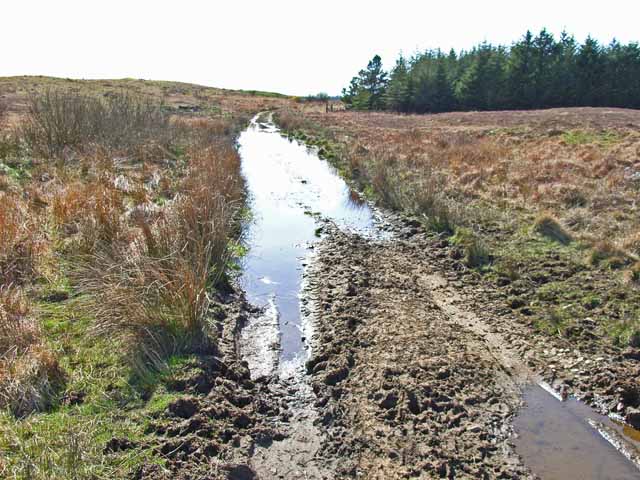
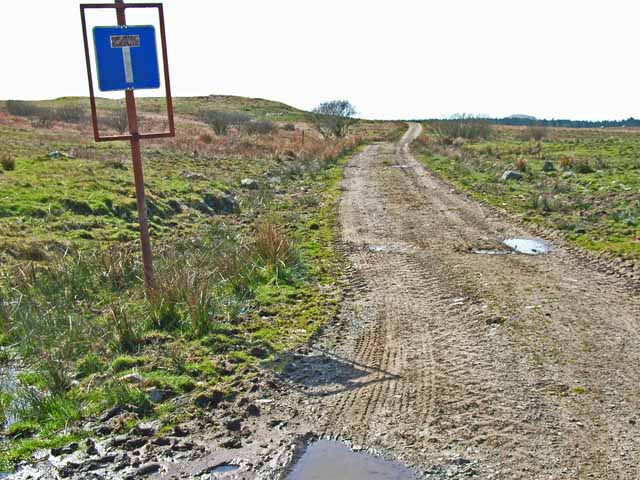
Blaeberry Island is located at Grid Ref: NX3054 (Lat: 54.858046, Lng: -4.6434058)
Unitary Authority: Dumfries and Galloway
Police Authority: Dumfries and Galloway
What 3 Words
///portfolio.testing.pelting. Near Newton Stewart, Dumfries & Galloway
Nearby Locations
Related Wikis
Mochrum Loch
Mochrum Loch is a large, irregular shaped, shallow, freshwater loch in Dumfries and Galloway, in the Southern Uplands of south-west Scotland. It lies approximately...
Castle Loch, Dumfries and Galloway
Castle Loch is a large, shallow, freshwater loch in Dumfries and Galloway, in the Southern Uplands of south-west Scotland. It lies to the west of Mochrum...
Castle Loch
Castle Loch is a shallow eutrophic loch covering an area of around 100 hectares in the town of Lochmaben in Dumfries and Galloway, Scotland. It lies to...
Doon of May
The Doon of May is a conifer plantation associated with an Iron Age hill fort in Dumfries and Galloway, south-west Scotland. Located around 14 kilometres...
Machars
The Machars (Scottish Gaelic: Machair Ghallghaidhealaibh) is a peninsula in the historical county of Wigtownshire in Galloway in the south-west of Scotland...
Barhapple Loch
Barhapple Loch is a small semicircular freshwater loch located in Wigtownshire, Dumfries and Galloway in Scotland. Barhapple Loch is principally known...
Kirkcowan
Kirkcowan is an area about 15 miles in length, and from nearly two to nearly seven miles in breadth, comprising 30,580 acres, of which 7000 are arable...
Kirkcowan railway station
Kirkcowan railway station served the village of Kirkcowan, Dumfries and Galloway, Scotland from 1861 to 1965 on the Portpatrick and Wigtownshire Joint...
Nearby Amenities
Located within 500m of 54.858046,-4.6434058Have you been to Blaeberry Island?
Leave your review of Blaeberry Island below (or comments, questions and feedback).
